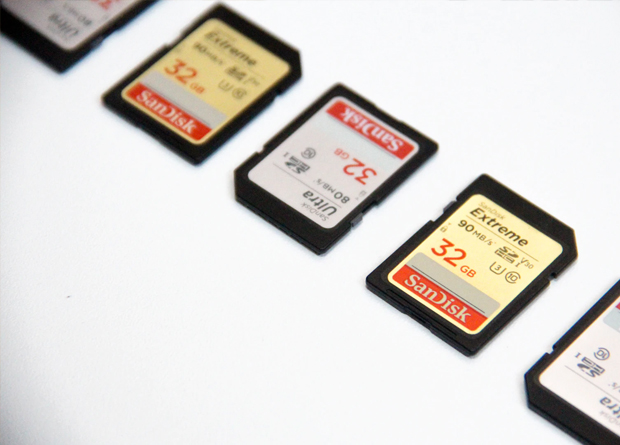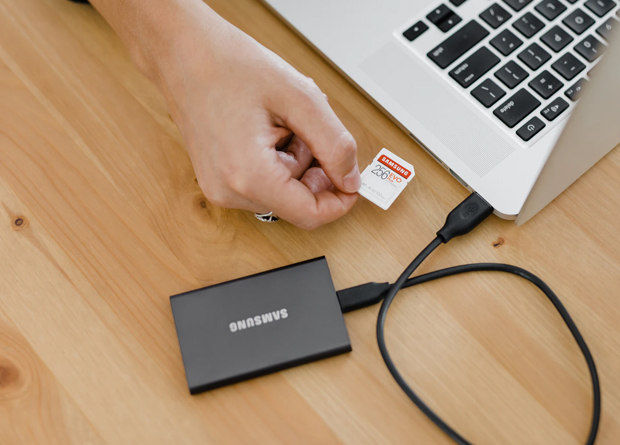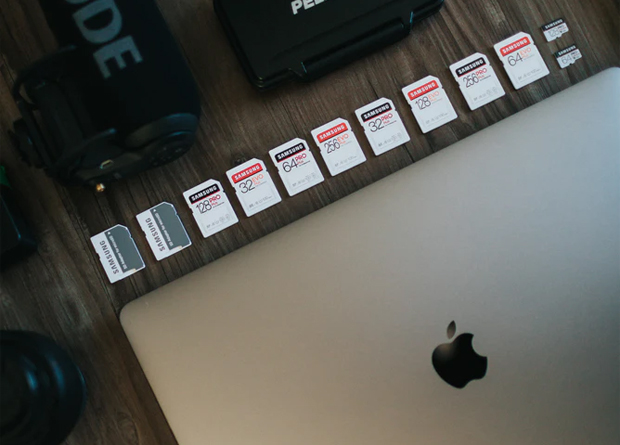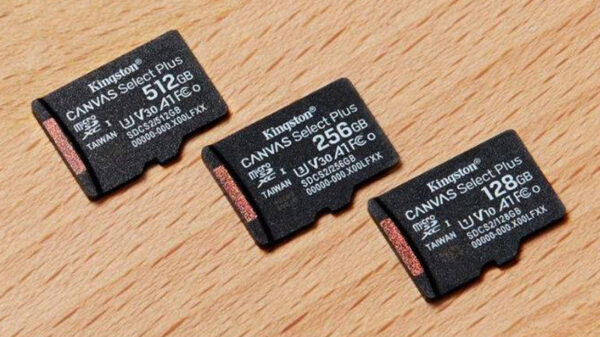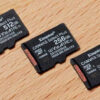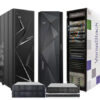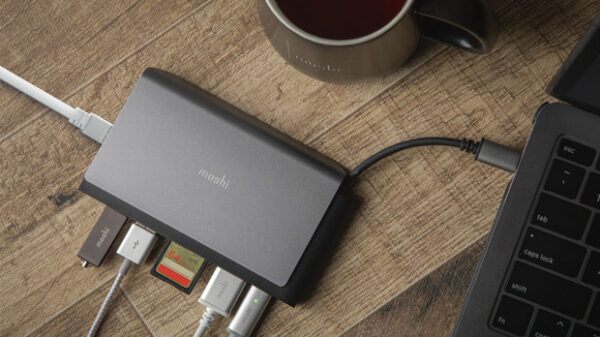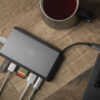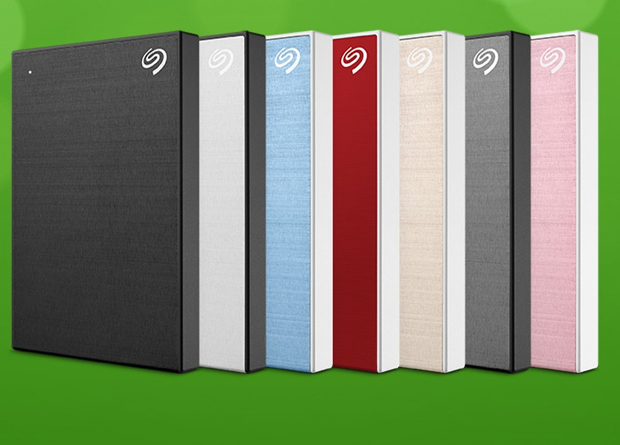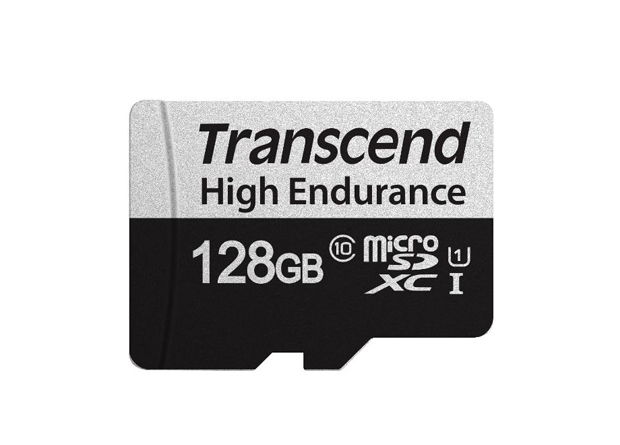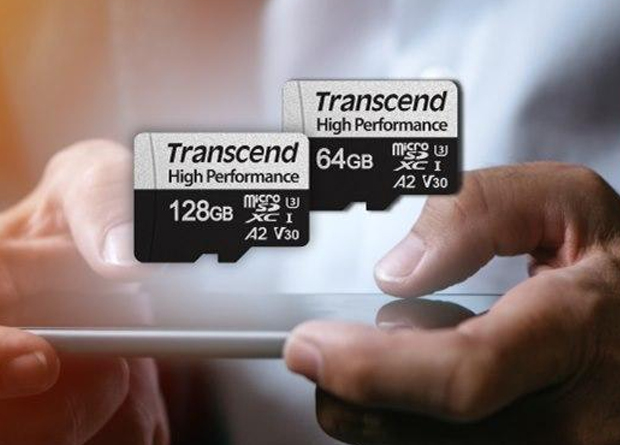SD cards are mainly needed for SLR or system cameras, but also for camcorders. You can also use it as a memory extension for your laptop. However, they are too big for a smartphone. Micro SD cards are used here. Although, SD and microSD memory cards fit into many devices, which cards can write and read data quickly?
In this article, you will find out what the test says!
Where do SD cards fit?
SD is the standard for memory cards. Whether SD or microSD usually depends on the size of the respective device. MicroSD cards usually fit into smaller ones such as smartphones, drones, or action cams, while camcorders, digital cameras, PCs, and notebooks have enough space for SD cards.
Cards like Sandisk Extreme Pro CFexpress are up to ten times faster than most SD cards, but in practice, only a few users need the extra pace. Thus, a good example of this case is professional photographers who work a lot with the RAW format.
Storage space: 128 or 256 gigabytes?
If you want to store music, photos in the standard JPEG format or apps on your memory card, you can easily get by with a 128-gigabyte memory card. Videographers who film with extra-sharp 4K resolution, on the other hand, are better off using a 256-gigabyte card – a good five hours with a data rate of 100 megabits per second and therefore very high-quality fit on it. If you take photos in the memory-consuming RAW format, you only need 256 gigabytes if you want to save several thousand photos on a card.
Reading speed
All cards tested correspond to the UHS-I standard introduced in 2010. This means that theoretically up to 104 megabytes per second can be transferred while reading, the cards tested come pretty close to this maximum value: When reading very large files (videos with a file size of 1 gigabyte), all candidates manage around 94 megabytes per second, for medium-sized files, for example, Photo JPEGs or music MP3 files are around 80 megabytes per second.
Writing
A high writing speed is important for photographers who like to take a series of pictures and videographers. When taking photos, a fast card shortens the waiting time in which the camera transfers the image data from the internal memory to the memory card. This is also advantageous because some cameras block access to the camera menu during this time – annoying if you want to quickly change the camera settings after a series. The test winners Sandisk Extreme Pro (SD, 128 and 256 GB), Emtec Speedin Pro (microSD, 128 GB), and PNY Pro Elite (microSD, 256 GB), which write over 80 MB / s, were particularly fast.
This is how it continues with SD cards
Some SD cards are also available as UHS-II variants (with the second row of contacts).. SD cards with SD Express are still under development. Thus, this brand new standard allows cards with up to 128 terabytes. More so, did you know that top-end gaming smartphones such as the Asus ROG Phone, Xiaomi Black Shark and ZTE Nubia Red Magic 5G do not have SD card slots? Neither their first nor the latest versions. But there is one thing every smartphone company looks forward to in the future. So what’s the future? What Google showed us through Stadia, even though it’s still under development, is still a revolutionary thing. With the gaming industry fully online, would you still need those huge gigabytes of storage? The great part is that even without a big amount of storage space on your smartphone or tablet, you can still enjoy using all sorts of great applications from music to audio books or enjoy one of the most popular online casino games, such as Book of Ra.
SD or microSD?
SDs and microSDs don’t differ that much in their speed. In the past, the smaller microSD cards were usually much slower, today the size of the card hardly plays a role (see speed comparison picture below). All tested microSD cards come with an SD adapter; so they can be used like conventional SD cards. Thanks to the adapter, a microSD can transfer the films to a notebook after use in the action cam, which only has a slot for SD cards. When inserting or removing it, you should look carefully and not proceed too lively, otherwise, the card could fly out of the adapter and never be seen again.
This is what the abbreviations on the SD card mean
SD cards are often paved with abbreviations and symbols. The most important at a glance:
- SD / SDHC / SDXC: Almost all current SD cards comply with the SDXC standard, which enables cards with 64 and more gigabytes. More so, SDHC is restricted to 32 gigabytes, SD to 2 gigabytes.
- Class: That used to be an indication of the speed, the number indicates the reading speed in megabytes per second. All new SD cards now manage more than 10 megabytes per second and are therefore Class 10.
- U1 / U3: It is all about the writing speed. U1 stands for 10 megabytes per second (MB / s), U3 for 30 MB / s – many current cards can do that.
- V6-V90: This is an indication of the writing speed, this time as a continuous speed when writing videos. The number after the V stands for megabytes per second. With V90 you get 90 MB / s – only the more expensive UHS-II cards offer them and only professional filmmakers need this data rate. If the videos are to land on the PC’s hard drive just as quickly, it needs a reader with UHS-II technology.
- A1 / A2: The specification stands for the speed with which cameras, PCs, and other devices can access the card: A1 means at least 500 write or 1,500 read accesses per second and A2 is considerably faster, with 2,000 write or 4,000 Read accesses per second.






















































































